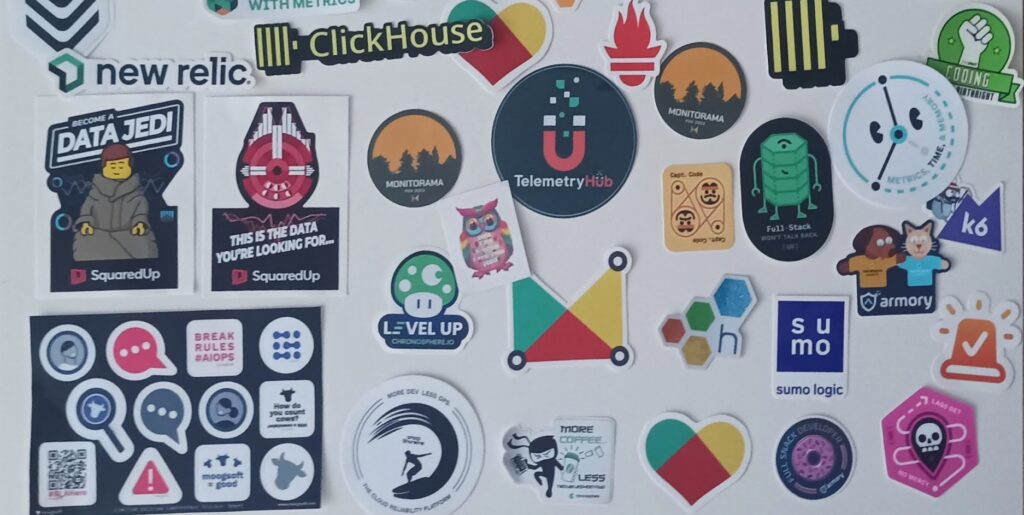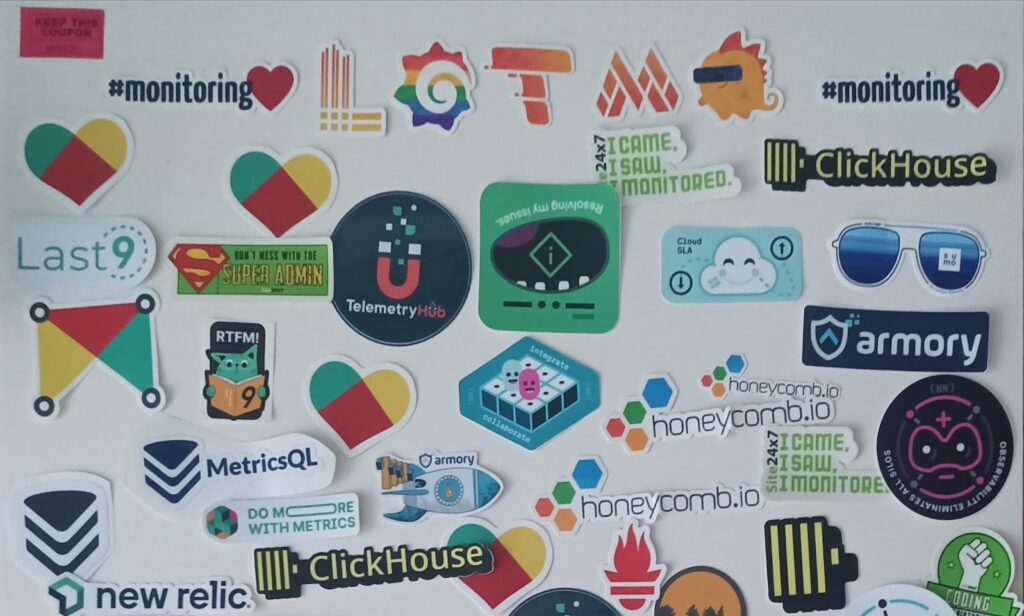
In software engineering, more specifically in distributed computing, observability is the ability to collect data about programs’ execution, modules’ internal states, and the communication among components.[1][2]
To improve observability, software engineers use a wide range of logging and tracing techniques to gather telemetry information, and tools to analyze and use it.
Observability is foundational to site reliability engineering, as it is the first step in triaging a service outage. One of the goals of observability is to minimize the amount of prior knowledge needed to debug an issue.
Philosophy and Methodology
Why Observability Matters
1. Complex Systems Demand Deeper Insights
With the rise of cloud-native architectures, microservices, containers, and Kubernetes, IT environments are no longer static. Dependencies span across networks, third-party APIs, and distributed services. Observability provides the tools to navigate this complexity, revealing hidden bottlenecks and relationships between components.
2. Faster Problem Detection and Resolution
Downtime is costly. Traditional monitoring may tell you that something is broken, but not why. Observability empowers IT teams with end-to-end visibility, enabling them to pinpoint root causes quickly and reduce Mean Time to Detect (MTTD) and Mean Time to Resolve (MTTR).
3. Proactive Performance Management
Instead of reacting to outages, observability makes it possible to spot anomalies and performance degradations before users are impacted. This proactive stance improves reliability and strengthens user trust in digital services.
4. Improved Security and Compliance
Modern threats often blend into normal operations. Observability helps detect unusual behaviors, unauthorized access patterns, or anomalies in data flow. Combined with security tools, it becomes a critical layer in threat detection, incident response, and compliance auditing.
5. Collaboration Across Teams
Observability data provides a single source of truth for developers, operations, and business stakeholders. Shared insights break down silos, fostering DevOps and SRE practices where reliability is a shared responsibility.
6. Business Value and Customer Experience
Ultimately, observability translates to better user experiences and stronger business outcomes. Faster apps, reduced downtime, and transparent reporting increase customer satisfaction and protect revenue streams.
Three Pillars of Observability
The “three pillars of observability” are the main categories of telemetry data we collect to understand and troubleshoot complex distributed systems. They are:
1. Logs
- What they are:
Time-stamped, discrete records of events. Usually unstructured (text) or semi-structured (JSON). - Examples:
2025-08-16T12:30:01Z INFO User 123 logged in- Stack traces when a service crashes
- Audit events (API calls, config changes)
- Strengths:
- Detailed context (e.g., error messages, user IDs).
- Easy to search for specific events.
- Weaknesses:
- Can get extremely large and noisy.
- Hard to analyze across thousands of services without indexing & aggregation.
2. Metrics
- What they are:
Numerical measurements aggregated over intervals. Usually structured as time-series data. - Examples:
- CPU utilization =
75% - Latency p95 =
120ms - Request rate =
10k req/sec
- CPU utilization =
- Strengths:
- Compact and efficient to store long-term.
- Great for dashboards, trend analysis, and alerts (e.g., “alert if CPU > 90% for 5 min”).
- Weaknesses:
- Limited detail/context — you know “latency is 200ms,” but not why.
- Granularity trade-offs (can miss rare anomalies if aggregated too much).
3. Traces
- What they are:
Records of requests flowing through a distributed system, capturing causal relationships between services. - Examples:
- A single user request → travels through API Gateway → Service A → Service B → Database.
- Each step has timing + metadata, stitched into a “trace.”
- Strengths:
- Lets you see end-to-end request flow.
- Perfect for debugging latency or dependency failures.
- Weaknesses:
- High storage/processing overhead.
- Hard to implement consistently (needs instrumentation).
How they work together
- Logs = What happened? (narrative details)
- Metrics = How much / how often? (quantitative health signals)
- Traces = Where and why did it happen? (causal relationships, context)
Together, they give observability: the ability to infer the internal state of your system from the outside, especially in cloud-native, microservices, and distributed environments.
Methodology, Technology and Tools

- Prometheus
- Apache Kafka / Superset
- Grafana Stack
- Elastic Stack
- TICK stack
- Nagios
- Zabbix
- Icinga2
- Ansible/Chef/Puppet
- Git/GitLab/GitHub/Bitbucket
- Go/Python/Ruby/Perl/Shell
- Terraform/Terragrunt
- Docker/K8s
Companies
- Elastic
- Grafana
- Splunk
- New Relic
- Datadog
- Better Stack
- ClickHouse
- VictoriaMetrics
- SquaredUp
- Cribl
- Sentry